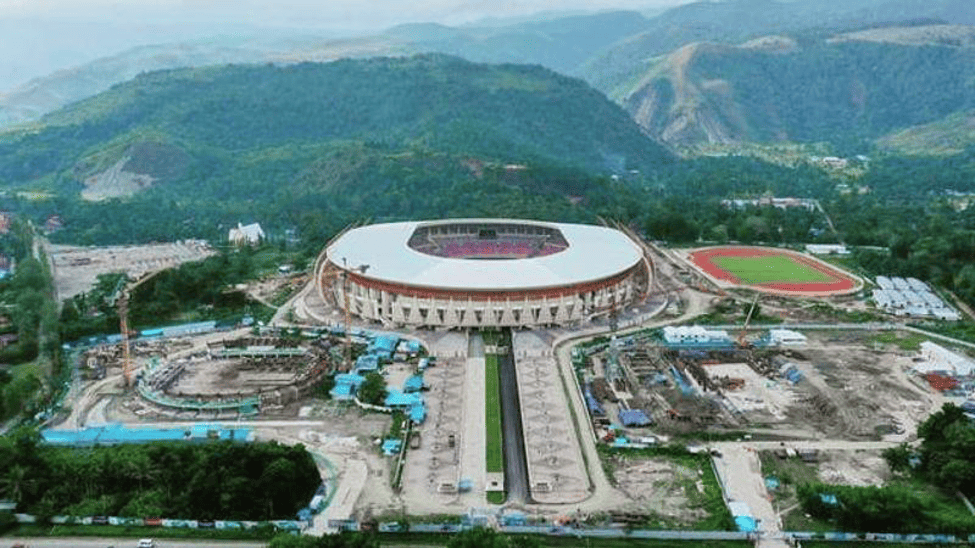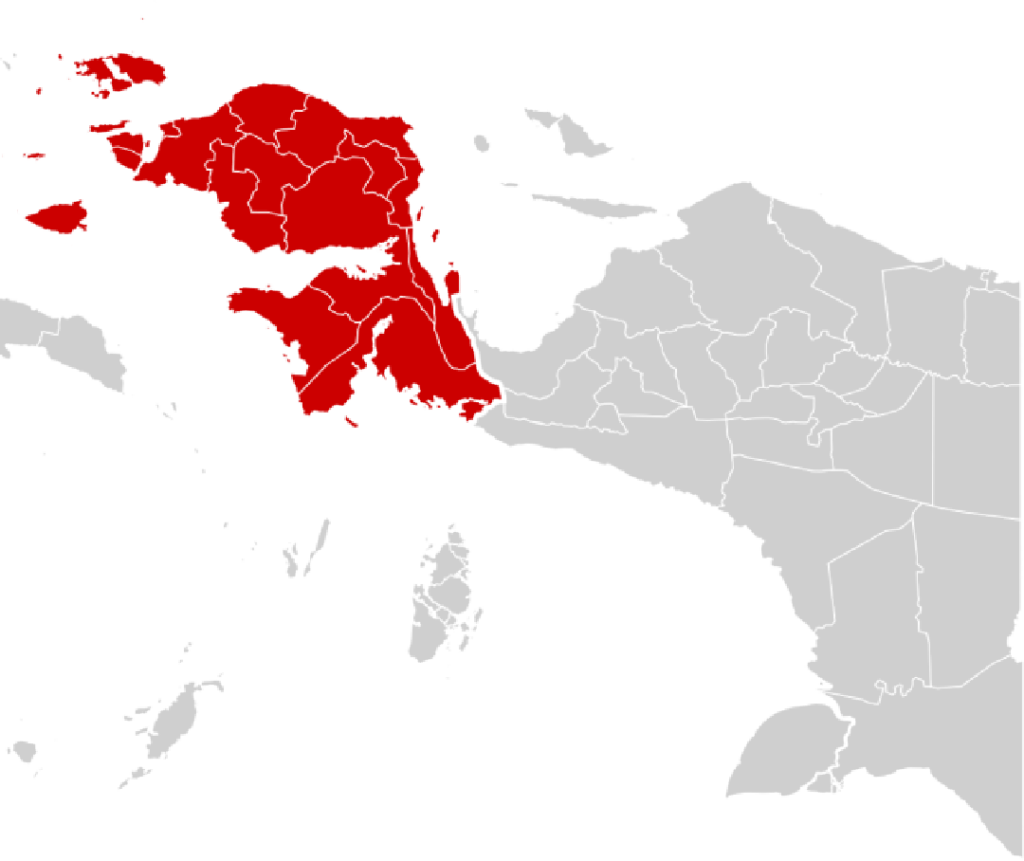PAPUA – In the past decade, development in Papua has experienced a significant acceleration. This is thanks to the implementation of strategic policies and investments targeting various sectors.
One important element in this progress is the Papua Development Acceleration Master Plan (RIPPP) introduced in 2022. As well as local investment as a driving force for development.
This was conveyed by the Deputy for Regional Development of the Ministry of PPM / Bappenas, Tri Dewi Virgiyanti in the Forum Merdeka Barat 9 (FMB9) Dialogue, Monday (14/10/2024). This dialogue raised the theme ’10 Years of Building Papua with an Indonesia-Centric Approach’.
It is said that the RIPPP is the main foundation in building a healthy, smart and productive Papua with the aim of improving people’s welfare inclusively. This plan is implemented through various stages of action plans involving Special Autonomy (Otsus), APBN, and APBD funds.
“We have designed the development plan in Papua in several stages of action that are more detailed and measurable. We have prepared a five-year action plan, one of which is for the 2025-2029 period which will be more detailed than the master plan,” he said.
Previously, Tri Dewi said, Papua’s development policy had been formulated carefully. This is even regulated in the National Medium-Term Development Plan (RPJMN) since 2014.
Along the way, he said, development in Papua has not only focused on basic infrastructure, such as roads, airports and ports. But also on basic services such as education and health.
“From the beginning of President Jokowi’s administration, through the first 5-year RPJMN, development from the periphery began to be emphasized, and the inequality experienced in eastern Indonesia. Especially Papua, is a big challenge that we are trying to solve,” he said.
He added that his party is also preparing RPJMN 2024-2029 for the next 5 years. This is to ensure that the programs that have been achieved in the last 10 years can be continued by the next government.
“We are discussing with the transition team to ensure that all development achievements in Papua can be continued and adjusted to new needs. Such as investment in the smelter, fertilizer, and food sectors,” he said.
Then, one of the key aspects in Papua’s economic development is the involvement of local investment which has a positive impact on the regional economy. Support from the government and various pro-investment policies have encouraged investment to enter the region.
Thus, making Papua more open to the development of the industrial, agricultural and infrastructure sectors. Expert Staff for Macroeconomics of the Investment Coordinating Board (BKPM), Imam Soejoedi, explained that economic growth in Papua cannot be separated from the active role of local investment.
Therefore, he continued, it has succeeded in creating jobs and improving people’s welfare. According to BKPM data, investment realization in Papua and Eastern Indonesia continues to increase.
Namely, since the beginning of President Joko Widodo’s administration in 2014. “At the beginning of the government, our focus was to facilitate licensing and attract investors, both from within and outside the country,” he said.
“As a result, investment in Papua continues to grow rapidly.” Imam also highlighted the comparison between investments that were previously dominated by Java Island have now reversed to be higher outside Java Island.
This shows a significant change in a more equitable distribution of investment. Thus, Papua has managed to attract the attention of investors due to the improvement of infrastructure and the potential of its natural resources.
“In 2014, around 57% of investment was still concentrated in Java. Currently, more than 52 percent of investment is outside Java, with Papua being one of the main focuses,” he said.


